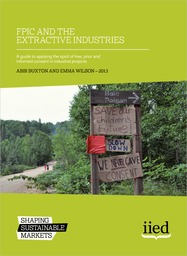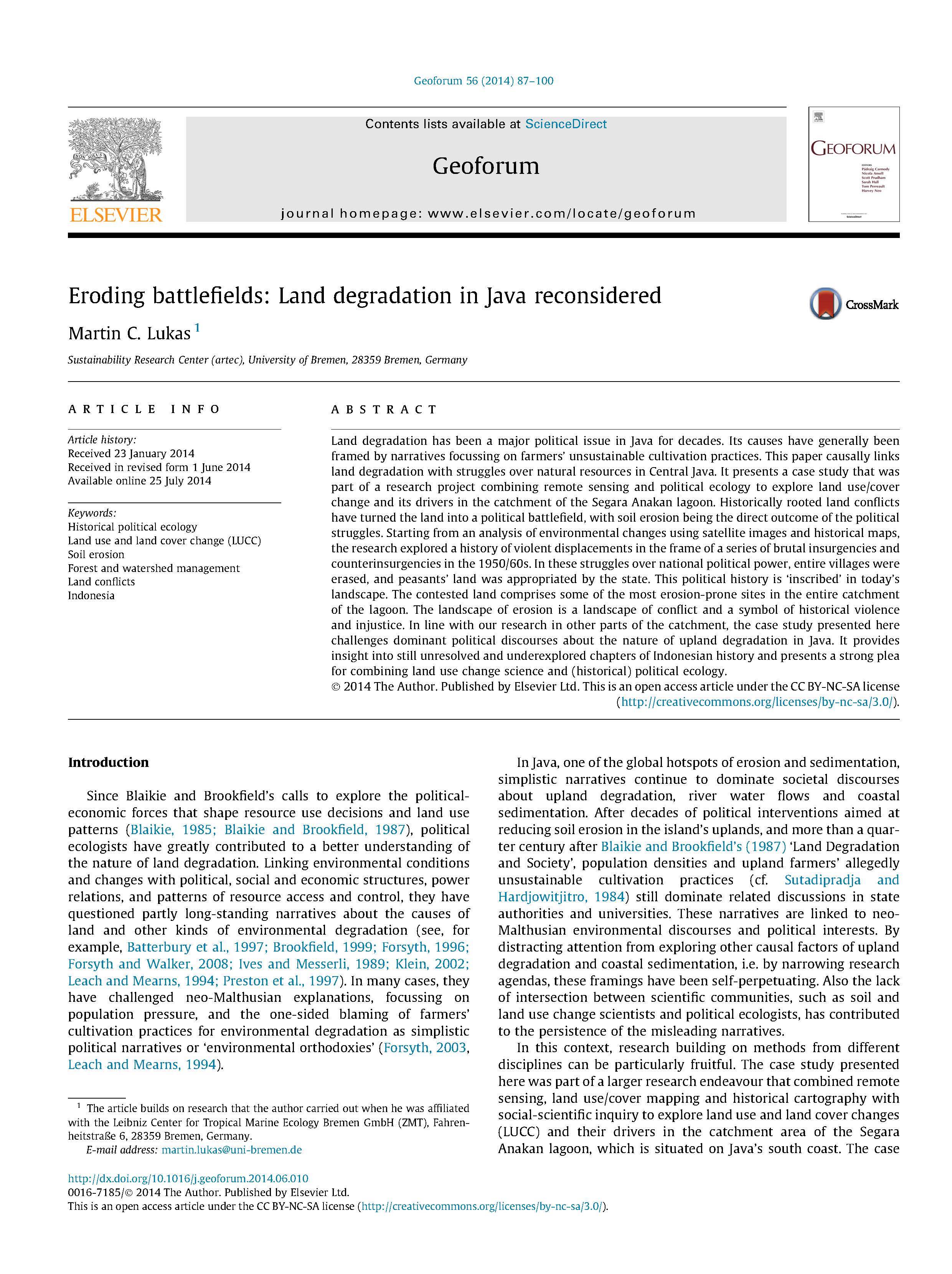Sugar beet and its use in agroenvironmental measures
The aim of this study was to evaluate the effect of biostrips on the biodiversity of plants and game animals in fields near Sardice (Czech Republic) and to propose some improvements. The experiment was carried out in an organic farm with cereals as the main crops. The biodiversity was assessed by the line method (game birds and mammals) and according to Dostal (flora) and Braun-Blanqueta (plant coverage). As shown by our results biostrips have an important function in agroecosystems. We suggest to include seeds of sugar beet to the seed mixtures used in biostrips.




